With second cut silage now harvested on the majority of programme farms, being able to use the silage ground for grazing has reduced both the stocking rate and grazing demand.
The opportunity now presents itself to take some of the older pasture out of production and reseed it. On farms that are in drier regions, some ground will be taken out of grass and sown in cereals. To keep the same area of grassland, part of the arable ground is being sown out in grass after harvesting.
Autumn is still a preferred time for reseeding as there is additional ground available for grazing after silage and there are fewer problems with weeds compared with spring reseeding. However, there are farms that are opting to use a post emergence spray around three to four weeks after grass seed has become established.
With the current growing conditions, grass seed is quick to establish where soil fertility and seed contact is good.
Grass seed is being sown using a broadcasting method after ploughing and harrowing ground, or stitched in using machines such as the Aitchison drill or Guttler.
Depending on soil analysis, lime has been applied to bring soil ph levels up to pH 6.0 to pH 6.5. Fertilizers such as 10-10-20 have also been used to encourage a swift germination of grass seed by providing essential nutrients in the seed bed. As September progresses, the window for reseeding will get smaller as daily temperatures drop and a shorter growing day means there is less chance of a successful reseed.
Management after sowing is crucial, especially were grass has been stitched into an existing sward. In such cases, the reseed needs to be grazed frequently and quickly and ideally with light stock to prevent damage to the new grass plants. Weaned calves or lambs are ideal livestock for grazing such a reseed. Stock should only be allowed to graze once the new grass plants are firmly anchored in the soil, which should usually be around five to six weeks on light soils, eight to nine weeks on heavy soils.



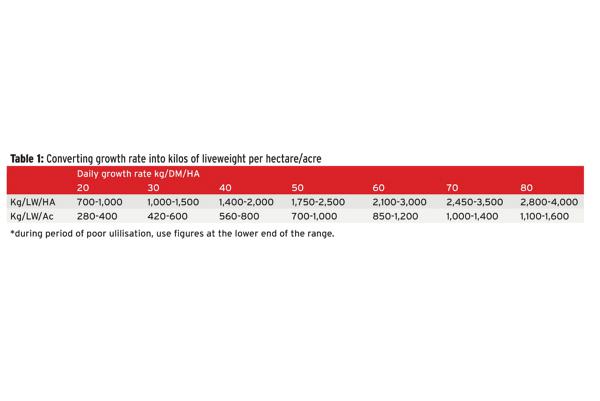
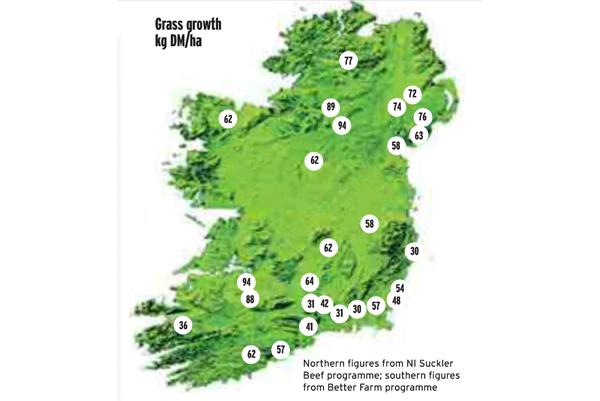

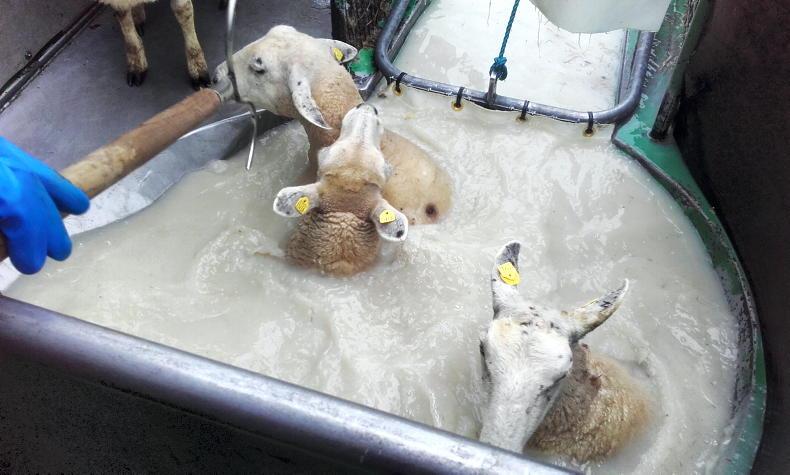

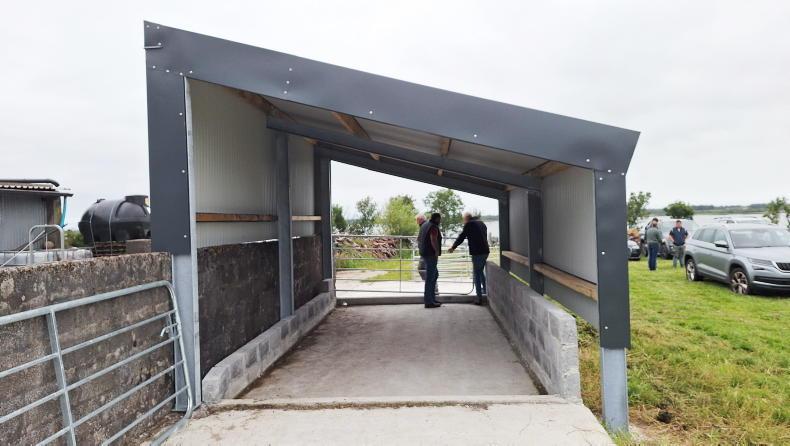
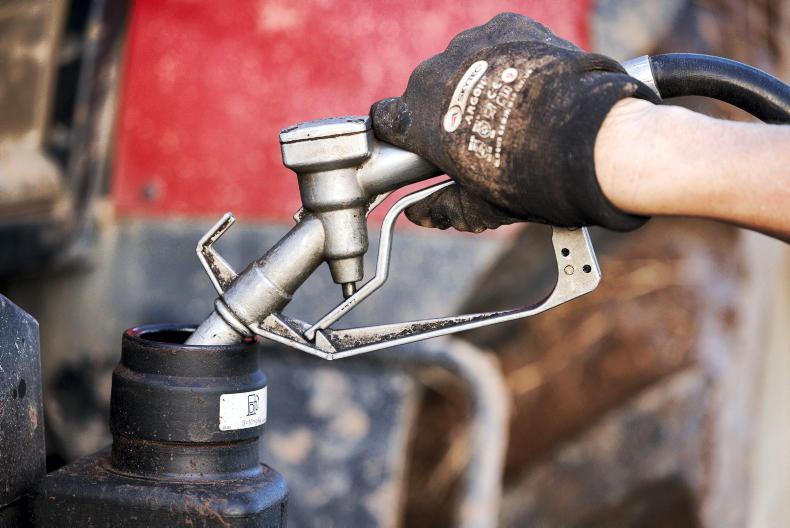

SHARING OPTIONS